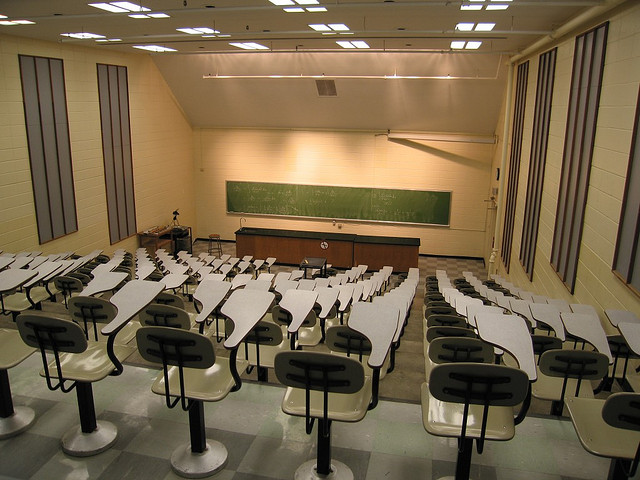The question before those engaged in supporting general education is how to respond to the challenges and opportunities presented by the market. What do good teaching and learning look like in an institution operating in a deregulated and decentralized marketplace with students demonstrating consumer tendencies? How can we foster a supportive environment for general education when student consumers are fueled by a desire for vocational training for economic gain?

First, we should acknowledge that student consumerism and a focus on the vocational private economic good of higher education are not simply going to disappear.
These trends are ingrained in our students and the larger society, and the time for reversing these ideas is seemingly past.
Rather, what higher education must accomplish is the incorporation of general education principles within the specialized nature of teaching and research.
This is critical for responding to consumerist attitudes among students as well as the capitalistic actions of faculty (Bok, 2003; Slaughter & Leslie, 1997).
We should be addressing critical thinking, ethics, creating a logical argument, writing, and an appreciation of differences across the curriculum.
This type of approach to courses ostensibly designed for vocational purposes is possible, if not necessary, for achieving the proper professional training of vocational programs.
Viewed in this light, instruction can address the fundamental principles and benefits of general education while at the same time acknowledging the demands for job training on the part of students, parents, policy makers, and the business community.
This new conceptualization of general education is helpful in responding directly to the desires of internal and external stakeholders (while remaining true to the liberal education ideal), yet this does not fully respond to the demands of the business and political communities that often cite the graduate who is not prepared to enter and succeed in the corporate setting.
In order to respond to the concerns of the business community and the growing demands of the marketplace, students need to understand the broader contexts of their work.
As Grubb and Lazerson (2005) suggest: “One goal is to teach in more constructivist, meaning-centered, and contextualized ways, following the idea that students need to be better prepared to understand the deeper con- structs underlying practice” (p. 17).
The business community contends that too often the graduates they employ were trained in universities devoid of practical concerns and dominated by research-centric curricula and faculty.
As critical stakeholders in the future support of colleges and universities, political and business leaders are demanding the creation of a competently trained workforce.
This is achievable with an improved nexus between theory and practice.
General education concepts judiciously brought to bear through the use of interdisciplinary courses, service-learning classes, and pedagogical innovations can bridge the gap between the purely intellectual and solely practical.
A renewed approach to problems in this way leads to satisfying the concerns of the market and its consumers.
Furthermore, it solidifies the role of liberal education as part of the solution.
Excerpt from Out out, damned spot: General education in a market-driven institution

